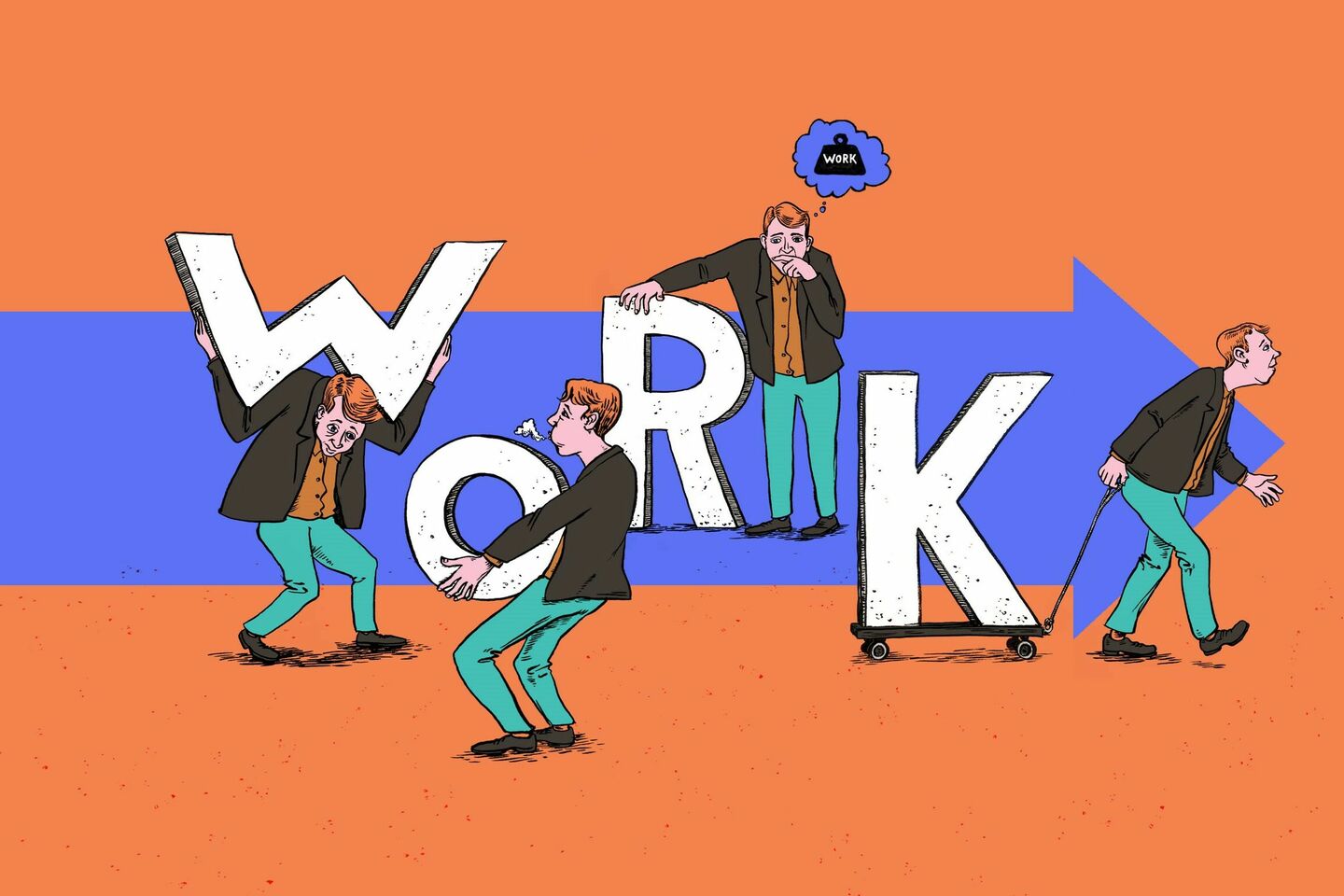
Work pressure action plan no Band-Aid for every wound
A ready-made answer to every question, a comprehensive step-by-step plan, a universal Band-Aid for every university wound - no, that is not what the action plan (or rather implementation plan) devised by the TU/e working group on Work Pressure has turned out to be. The compilers hope that first and foremost the departments and TU/e services will look to it as a source of inspiration and for guidance so that the subject is given more attention at this level.
Two years ago agreements made under the Collective Labour Agreement forcefully nudged universities into looking explicitly at their employees' work pressure and into coming up with concrete plans for lightening that work pressure. This remit landed initially on the desk of Karin Wels, who at the time had just started in her new role as policy advisor for vitality and sustainable staff deployability. And she recognized right at the outset: “There's no uniform, ready-made solution to this problem.”
At that time TU/e was doing everything necessary to tackle the much-debated increasing work pressure, emphasizes Wels, whose first step was to take stock of all the various separate initiatives then underway. Early in 2018 the Work Pressure Work Plan appeared, outlining the framework for tackling the problem of work pressure at TU/e: “What do we already have and what is still needed?”
The Executive Board College was evidently charmed, but also critical. “Jan Mengelers (Executive Board President, ed.) said words to the effect of, ‘Nice plan, many points are well substantiated, but it contains nothing concrete’. Ouch. It felt as if TU/e had checked the box, we had met the labor agreement requirement to come up with a plan - but no one could work with it.”
TU/e culture is very civilized and modest; holding someone to account is something many people find difficult
The Work Pressure Working Group was called into being, with representatives drawn from not only the departments and TU/e services but also the unions. All sharing a common understanding: tackling work pressure not only requires custom solutions - “at every department or service work pressure has a different cause”, says Wels - but is primarily a question of culture. “TU/e culture is very civilized and modest; holding someone to account is something many people find difficult.”
Read on below image.
This is relevant because, as Wels puts it, the biggest problem is not so much that people have too little time for their tasks. “What people mainly find difficult is coping with changes, with collaborating, with their own responsibility versus that of their manager, with confronting issues head on.” And in this, she says, image sometimes plays a role: “It is not easy to say that you are too busy, especially among academics. Many directors and deans are contactable and available almost day and night, and they are not alone in this, but consequently this is almost becoming the new norm.”
'Leadership', 'Communication and culture' and (more of a more preventive nature) 'Vitality and sustainable deployability': these were the three themes within which the working group set out to make recommendations. Similarly, the recommendations ultimately adopted in the plan are divided into three categories: 'Organization and support', 'Research' and 'Education'.
The full implementation plan'Workload in from TU/e practice' can be read (by employees and students) on TU/e intranet.
At the administrative level various measures have already been taken in recent years in order to tackle the increasing work pressure, says Wels - such as intake limits on some programs, the release of funds to support doctoral candidates paid for by primary funding and the increased use of student assistants. But as others including the unions say, reports Wels: “Someone who is on the verge of a burn-out is not going to be cheered by numerical solutions. That's not how you solve the work pressure.”
She continues, “As a rule, people at TU/e don't mind working hard, on the contrary. The sense of engagement is extremely strong. But what they are chiefly missing, it often turns out, is their labors being noticed and appreciated. As a boss, make sure you notice it, mention it. Go ahead and say that your employee can compensate for overtime worked. And if, conversely, people are troubled by having to do extra work, make sure you create a climate in which they can raise this for discussion. It might seem rather soft to write something like this into a policy plan, but it is certainly necessary.”
Don't stay trapped in what is often called the 'drama triangle' in which it is always the fault of others
But employees too carry substantial responsibility, Wels points out. “When someone finds themselves with a burn-out, it is often said: ‘they’ are doing nothing about it. But it is not the responsibility of managers to solve this for us; you can raise the alarm yourself and state your limits when your workload is becoming too heavy. Don't stay trapped in what is often called the 'drama triangle' in which it is always the fault of others.”
In view of this, Wels emphasizes that while the working group has put a number of things down on paper, “work pressure is not something for the working group or for Personnel and Organization (DPO). I see this mainly as being an inspirational document that departments and TU/e services must now use to set themselves to work.”
One of the suggestions that Wels believes would be very useful is the appointment of a ‘work pressure ambassador’ within each department; someone with an eye and a sensor for what is going on in his or her own department, who speaks up for colleagues and keeps the subject on the agenda of the departmental board. Applied Physics has had just such an ambassador for some time now, tells Wels, namely professor Kees Storm (read more below). “Within his department he has formed a working group, a reflection of the department, which has made recommendations to the board. Work pressure is now permanently on the agenda there.”
Read on below image.
With the appointment of ambassadors like these and with other developments, Wels hopes to find a support base among the directors and heads of department at TU/e, which would hopefully lead to local actions and changes. “There comes a time when everything has been said and you've talked in circles often enough. So now we are putting the ball back in the community's court and have also asked that the working group be discharged of its duties. Working pressure isn't something you solve with an action plan, but that plan could easily provide the impetus and support needed to make something a serious topic of discussion.”
"Anyone can succumb to work pressure; it doesn't mean you're weak”
Working hard, if necessary until we are about to drop. According to TU/e professor Kees Storm (Applied Physics) this is lodged deep in the university's DNA, “simply because all of us pursue this business with an immense passion”. And so, in his view, work pressure is not a problem that can be solved top-down with extra resources and people - it requires an explicit culture change that everyone, in all echelons of TU/e, must work towards. “Anyone can succumb to work pressure; it doesn't mean you're weak. It's a real problem.”
Storm knows how academics think. The typically older, established scientists who say they recognize and understand the problem of work pressure, “but who themselves happily work eighty hours a week. Some have built an outstanding academic career in this way, and see hard work as being the only way - after all, armies of Americans and Chinese stand ready to overtake you on all sides. But not everyone can manage working weeks like these; many people are on the verge of collapse and are being crushed by the system.”
Accordingly, the aim of the Work Pressure Action Plan (on which Storm worked as part of the working group of the same name) is not to force people to work fewer hours, the professor is keen to stress. “If you are mentally and physically healthy while you are working hard, by all means carry on working like this; you have evidently found your modus operandi. But many people here are not working in the way that best suits them. And as an organization you also have a duty of care to your employees.”
Broadly speaking, the university can fulfill that duty, according to Storm, where work pressure is concerned, in three ways: by tackling the work pressure, the pressure to perform and work stress. “Simply put, work pressure is the amount of work on your plate in relation to the time available to do that work. Performance pressure is what many people experience mostly in the early days of their career: the great pressure to perform, to secure certain grants because otherwise you can forget that permanent position or promotion. And work stress is collectively the adverse consequences of this, when you start absorbing that pressure mentally or physically. And, of course, that involves a vicious circle.”
In the US tenure-trackers get a million and a lab; here they can be happy if they get a job and are told ‘show us what you can do’
Appointing more people, pumping more money into the system, working less, working more efficiently - the greatest benefit is not per se to be gained, believes Storm, in tackling the first in the above-mentioned list, namely the amount of work in relation to the time available. “Although more money is needed, of course. For example, give tenure-trackers a decent startup bonus and a personal development budget. In the US they get a million and a lab; here they can be happy if they get a job and are told ‘show us what you can do’.”
Read on below image.
But the real key - “and greatest challenge” - lies, he believes, in an unequivocal culture change - although at an institution like a university, which is usually slow to change, this will take a great deal of time, the professor realizes. Above all, he believes, it's a question of awareness, of realization. For example, awareness of what message you are sending as an organization that likes to talk about ambition and excellence, certainly in times of growth and increasing work pressure.
But also awareness of what message you are sending as a manager within that organization to the people around you, including your sometimes implicit expectations. “I see a lot of amateurism in leadership, with the best of intentions, I'll grant you that. For example, giving people as much free rein as they want, setting the sky as the limit. ‘Jump as high as you can and a thousand flowers will bloom.’ In that respect we could be a little more friendly and, especially, more caring.”
By instinct
Many managers among the academic staff, says Storm, have gained their position thanks to their scientific achievements, have evolved from doing research, without management training, “It's something I've personally struggled with a great deal. I work a lot by instinct but I also talk frequently with colleagues like Remco Tuinier, people who come from industry. And of course there are all kinds of training courses from which you can take away some useful tools.”
A very simple tool Storm personally uses is Gmail, “because it enables me to time my mails more easily. Sometimes I send another couple of mails from home in the evening, then I've got them off my plate, but they are delivered to the recipients only the next morning. As a manager you should set a good example in this respect.”
On Twitter (see image right) he recently voiced support for a colleague who in a reply-to-all had begged off a series of meetings in the evening, having been invited by the departmental board. “Every now and then you have no choice but to be flexible. That we are busy is a sign of growth and success, so everyone has to do something in the evening or at the weekend once in a while. But sometimes you can let it be known that here is where your boundary lies - including towards people who are three rungs higher than you are. By the way, the board took the message to heart straight away.”
Like policy advisor Wels, Storm by no means wishes to lay this matter solely at the door of the managers: “It's also about being a good employee. About the realization that you contribute the most when you enjoy a sense of wellbeing and are deployable over the long term. If you plan to run a marathon, you train beforehand, of course you do, so that while you are running the event you know what you're about.”
Control
And, according to Storm, absolutely essential to this is a move to put a certain amount of control in the hands of the employee. He refers to the MyTime feature proposed in the action plan: one half day a week for employees free from teaching, meetings or other commitments. “Just half a day in the week when other people make no claims on you. It's a way of giving employees some control over their work pressure and work stress, a bit of autonomy. Personally, I find it a really appealing idea and I hope it is piloted.”
In their annual interview with their manager, employees should discuss which day they plan to set aside for their MyTime, says Storm. In any event, he adds, if it were up to him an explicit feature of these annual interviews would be a discussion of work pressure in the wider sense.
Read on below image.
He also argues, following his own example, for a work pressure ambassador in each department. “In my annual interview with our dean, early last year, I expressed my view that work pressure wasn't being tackled visibly enough in our department.” Laughing: “No good deed goes unpunished - in response to which he asked me to put together a working group of people from every corner and level of the department.”
And with this, says Storm “stories started to be shared. We made an inventory of the pinch points, and what people felt would be necessary to reduce the pain they inflict. We took this to the board.” In part childishly simple “open goals” to make the completion of procedures that bit more supple or to spread the work load that bit better, “but if you don't shoot for the open goal, you've missed an opportunity.”
Much of this involves simply taking a better look at one another, and applying common sense to how we take up each other's time
And, he realizes, this may equally well apply to some of the recommendations in the recently delivered action plan. “Much of this involves simply taking a better look at one another, and applying common sense to how we take up each other's time. And while this plan is not the one and only solution to this problem, it does provide a more formal way of ‘bringing the subject to people's attention’ and getting the discussion ball rolling.”
While formally the matter does not lie at the door of the Executive Board (going forward it is up to the various departments of the university to implement the plan), personally Storm is still hoping for “a statement from the top. Because although a culture change can come about bottom-up, that way takes longer. So I hope that the Executive Board will make some pronouncements about these recommendations and encourage the organization to set to work with them in a particular way. Because if the action plan is not adopted, nothing will change.”
Likewise Executive Board member Nicole Ummelen points out that the plan that has been presented is already an implementation plan, and that it is now up to the separate entities within the university to flesh it out to reflect their own situation, “with the help of HR”.
In view of this, Ummelen does not feel it is appropriate for her to say which of the plan's recommendations are the most relevant and applicable, or which should be implemented first and which would be the best to apply: “That will likely differ from entity to entity”. But she does say it is “very pleasing and important that some colleagues have already put themselves forward for the role of ambassador.”
According to administrators, the plan is at any rate a good and necessary step towards reducing work pressure and offers “excellent suggestions and starting points, some of which have come from within the university itself,” says Ummelen. And, she says, initial experiences are positive, “although it is too soon to draw conclusions about its impact.”


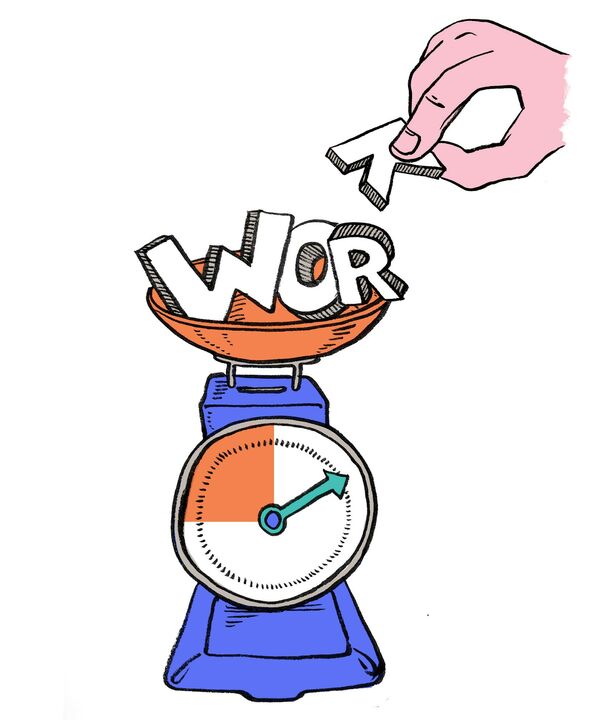
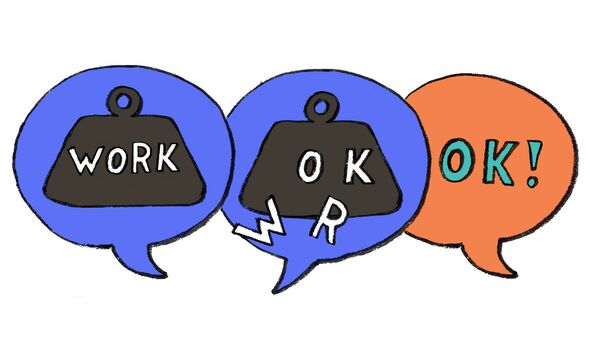

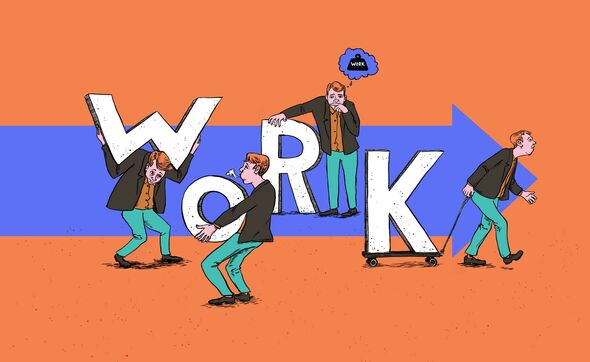
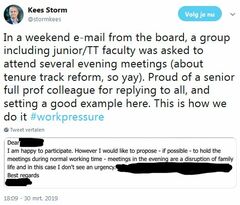
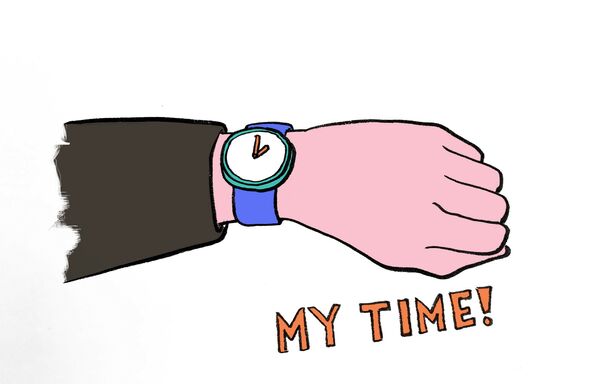
Discussion